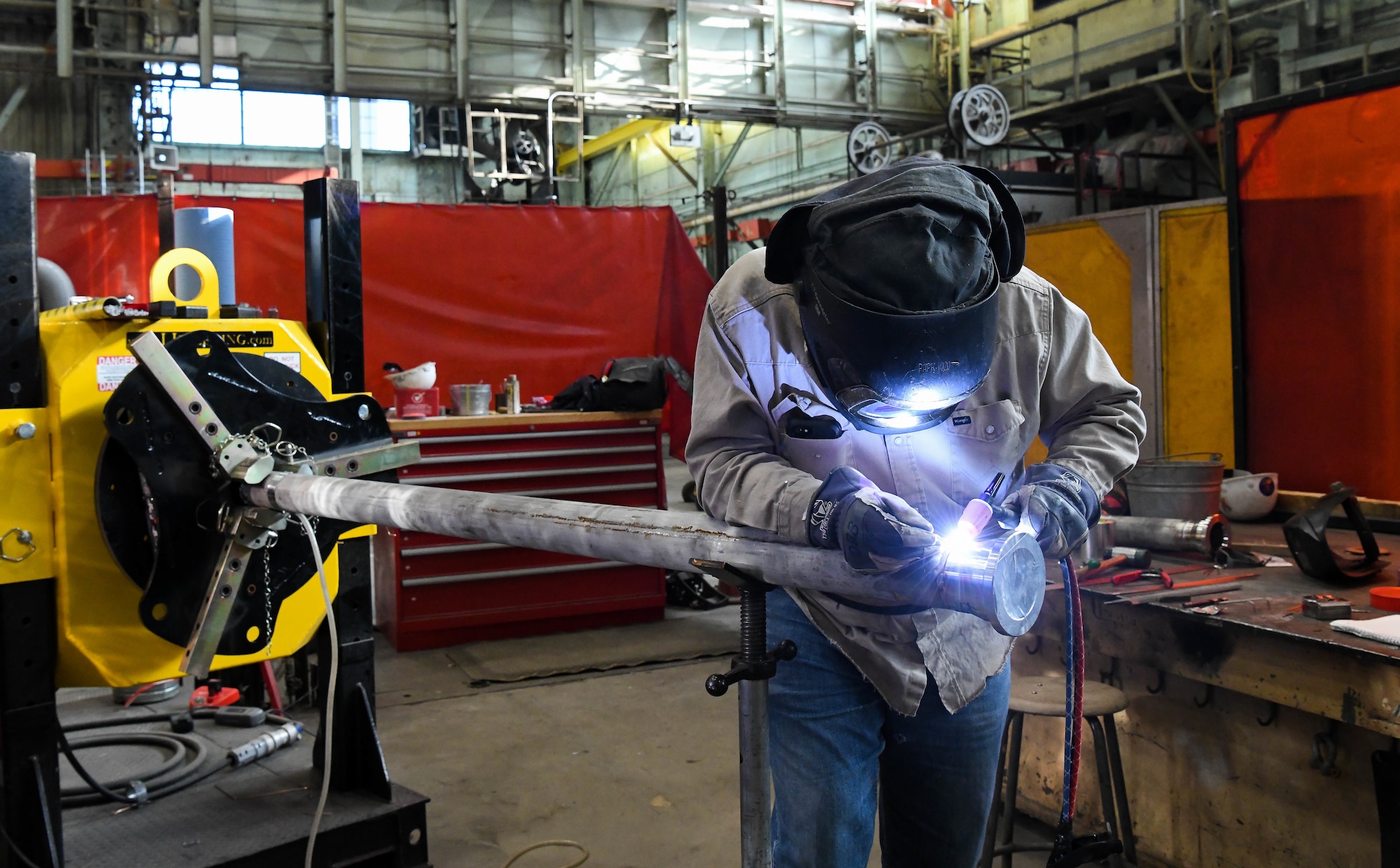Advanced Welding WPS: Customizing Requirements for Complicated Jobs
Advanced Welding WPS: Customizing Requirements for Complicated Jobs
Blog Article
Mastering Welding WPS Criteria: Best Practices and Techniques for High Quality Welds
In the realm of welding, mastering Welding Procedure Specification (WPS) standards is a vital component that straight influences the quality and honesty of welds. Abiding by these criteria makes sure consistency and reliability in welding outcomes. Nonetheless, attaining excellence in welds surpasses just understanding the standards; it entails implementing best practices and strategies that raise the craft to a level of precision and ability that establishes apart the average from the extraordinary. As we navigate with the complexities of welding WPS standards, uncovering crucial insights and approaches for accomplishing top-tier welds will certainly be extremely important for welders looking for to stand out in their craft and produce welds that stand the examination of time.
Comprehending Welding WPS Requirements

Assessors depend on WPS documentation to confirm that welding procedures are being complied with correctly and that the resulting welds are of high top quality. Designers utilize WPS criteria to develop welding treatments that guarantee the longevity and dependability of bonded structures.


Important Tools for Quality Welds
Understanding welding WPS criteria is necessary for welders to successfully utilize the important devices needed for producing high quality welds. One of one of the most crucial devices for high quality welds is a welding device. The sort of welding equipment required depends upon the welding process being made use of, such as MIG, TIG, or stick welding. Welding headgears are additionally crucial to safeguard the welder's eyes and face from stimulates, warmth, and UV radiation. In addition, welding handwear covers made of durable and heat-resistant materials safeguard the hands from injuries and burns. Clamps and magnets aid hold the workpieces together safely during the welding procedure, ensuring exact and accurate welds. Cord brushes and breaking hammers are essential for cleansing the weld joint before and after welding to get rid of any kind of pollutants that could affect the top quality of the weld. Lastly, a gauging tape and angle grinder serve tools for making sure proper positioning and preparing the work surfaces for welding.
Secret Strategies for Welding Success
To achieve welding success, one have to grasp the vital techniques crucial for creating premium welds. One essential strategy is maintaining the correct arc size. Maintaining the electrode at the ideal range from the workpiece is important for producing strong, consistent welds. Additionally, managing the travel speed is vital. Relocating also quickly can result in not enough infiltration, while relocating also slowly can bring about too much warm input and potential flaws. Proper manipulation of the electrode angle is another important method. The angle at which the electrode is held can affect the bead shape and infiltration of the weld. In addition, ensuring consistent gun angle and direction of travel is essential for harmony in the weld bead. Lastly, maintaining a stable hand see it here and a stable welding placement throughout the procedure is essential to achieving precision and uniformity in the welds. By understanding these crucial methods, welders can elevate the high quality of their job and achieve welding success.
Ensuring Compliance With WPS Criteria

In addition, welders should undertake training to acquaint themselves with the WPS recommended you read standards pertinent to their job. Normal audits and examinations need to be carried out to verify that welding tasks line up with the prescribed WPS standards. Additionally, keeping in-depth records of welding criteria, devices calibration, and assessment outcomes is crucial for showing compliance with WPS requirements - welding WPS. By vigilantly sticking to WPS standards, welders can make certain that their work satisfies the needed quality degrees and adds to the total success of the welding job.
Troubleshooting Common Welding Issues
When confronted with usual welding issues, determining the origin cause is important for reliable troubleshooting. One prevalent issue is the visibility of porosity in welds, often brought on by contaminants such as dampness, rust, or oil. To address this, making sure correct cleansing of the base steel before welding and using the appropriate protecting gas can dramatically reduce porosity. Another issue frequently experienced is absence of combination, where the weld falls short to effectively bond with the base product. This can originate from poor heat input or improper welding technique. Adjusting parameters such as voltage, wire feed speed, or take a trip rate can aid boost blend. In addition, distortion, cracking, and spatter prevail welding challenges that can be mitigated through appropriate joint prep work, constant heat control, and selecting the appropriate welding consumables. By thoroughly recognizing these common welding concerns and their origin triggers, welders can effectively troubleshoot troubles and attain high-grade welds.
Verdict
Finally, mastering welding WPS requirements requires a detailed understanding of the standards, utilizing necessary tools, and applying essential strategies for effective welds. Making sure compliance with WPS criteria is important for generating quality welds and staying clear of common welding problems. By adhering to finest techniques and strategies, welders can attain reputable and constant outcomes in their welding tasks.
In the world of welding, understanding Welding Procedure Spec (WPS) criteria is a crucial part that straight influences the high quality and stability of welds.When diving right into the realm of welding methods, an essential element to comprehend is the relevance and complexities of Welding Procedure Specification (WPS) standards. WPS requirements supply a thorough guideline for welding procedures, making sure consistency, quality, and safety in the welding procedure. The type of welding machine required depends on the welding process being made more use of, such as MIG, TIG, or stick welding.Achieving welding success through the proficiency of essential methods requires a detailed understanding and adherence to Welding Procedure Requirements (WPS) standards.
Report this page